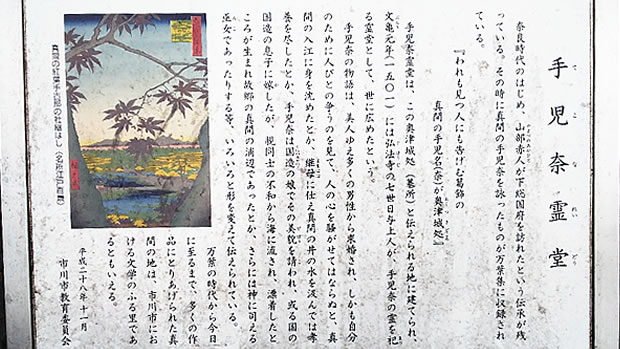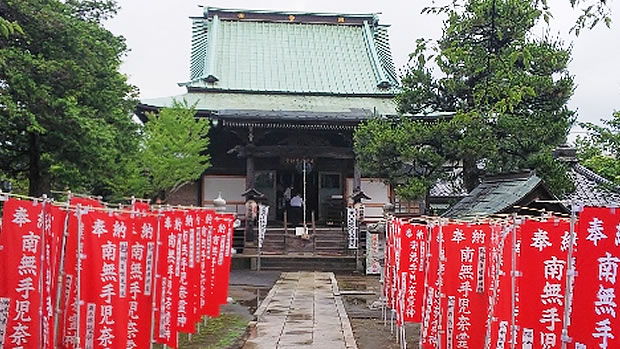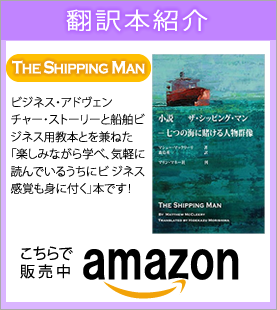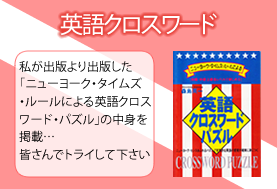
VOLUME-3
☆Yamabe-no Akahito’s poem:
葛飾の
真間の入江に
うちなびく
玉藻刈りけむ
手児奈し思ほゆ
(山部宿禰赤人 巻3-433)
Katsushika-no
Mama-no irie ni
Uchinabiku
Tamamo karikemu
Tekona shi omohoyu

Those precious seaweeds,
Swaying by incoming waves
In Mama’s inlet –
Would Maiden Tekona reap,
Carry them home still as wet?
(Vol.3-433)
Seaweeds were, and actually are still today, an important and useful food material in Japan, as some of you know through your own experience of Japanese food culture.
In this poem, the poet, Akahito, sings out his imagination of the heroine of a folk tale in Mama area, Maiden Tekona, working hard, going out to the beach of the inlet, reaping the seaweeds, and carrying them back home still fresh for the sake of her family and neighbors. In the background of this poem is that sad story of this maiden having to sacrifice herself due to her kind – perhaps too kind – feeling to other people.
(See the preceding poem, Vol.3-433)
―――
◎◎

Guiding board at the gate of Tekona Shrine, Mama, Ichikawa City, by HM October 2019. The guide board includes a copy of an Ukiyo-e drawn during Edo Era (during 17-18 centuries, much later than Tekona story) about Tekona Shrine, which dates back to 3. To 5. Century?

The front lane leading to Tekona Shrine, by HM June, 2020.
● BILOG“MAN-YOH-SHUH”topに戻る





